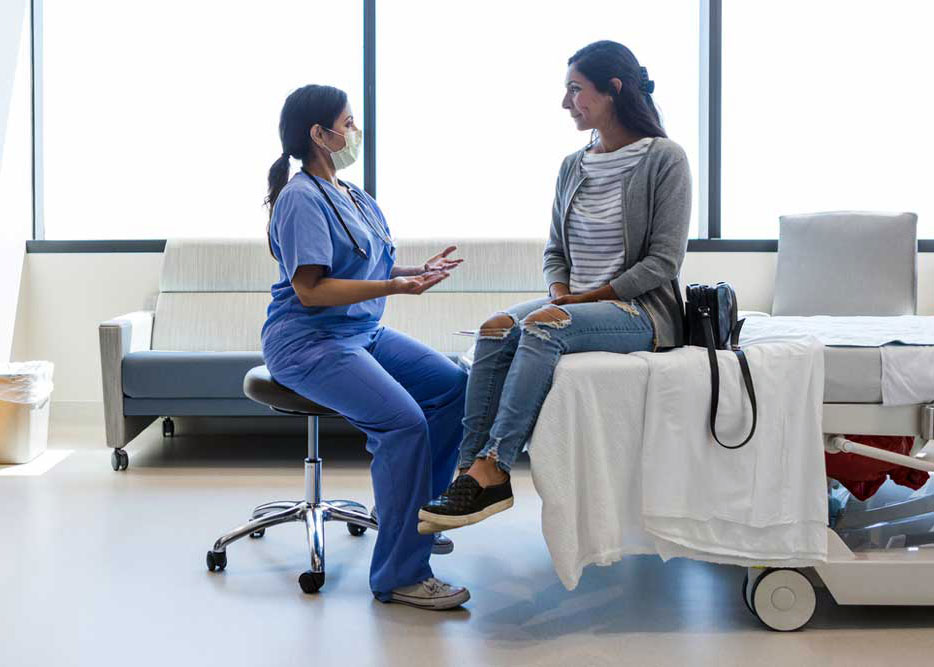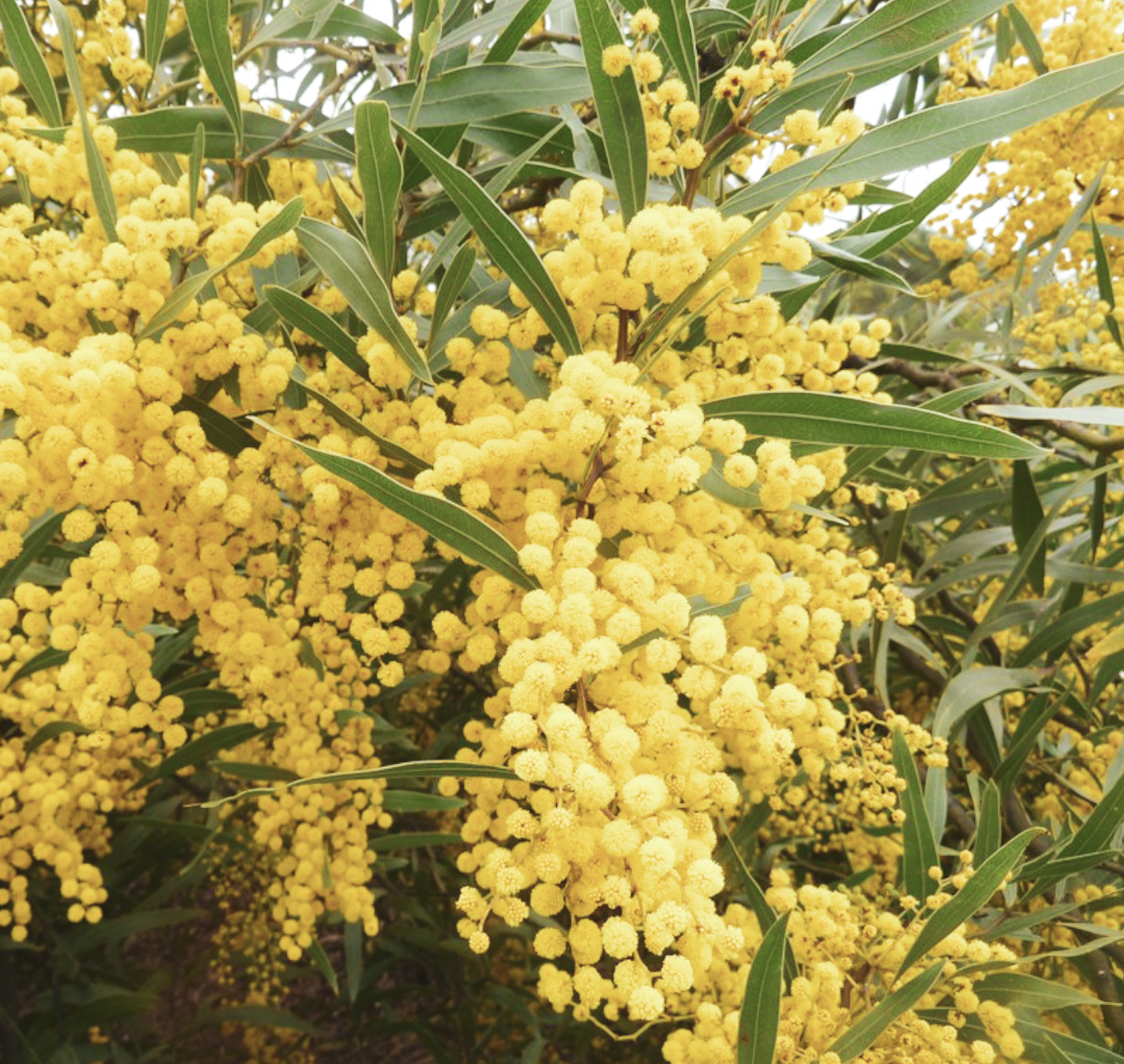About Endometriosis Australia
Our Mission
At Endometriosis Australia, we aim to raise awareness, provide support, and advance endometriosis research. We strive to improve understanding, ensure early diagnosis, and promote better treatment through advocacy and education.
Our Purpose
Raise awareness and fund research: Endometriosis Australia is a nationally accredited charity that has helped reduce diagnosis time from 7–12 years to 6.5 years.
Advocacy for healthcare change: Since 2012, we’ve advocated for better healthcare, provided resources, and highlighted endometriosis’s impact on workplaces.
Educate for better outcomes: Our programs include fact sheets, training modules, and fundraising to improve prevention, diagnosis, and treatment. We work with experts in medicine, psychology, physiotherapy, and other fields to improve community and medical understanding of endometriosis.
Empower patients: We are committed to empowering patients with the knowledge they need to manage their healthcare proactively and advocate for patient-centred care solutions.

Objectives of Endometriosis Australia
- Launch awareness campaigns to inform the medical community, business, media and the public about endometriosis.
- Develop and deliver educational programs for women and those presumed female at birth (PFAB) with endometriosis, healthcare professionals, schools, businesses and communities to improve health outcomes.
- Represent the tens of thousands of women, girls and those presumed female at birth (PFAB) across Australia living with endometriosis.
- Collaborate with health professionals and researchers to improve treatment options for endometriosis.
- Raise funds for research into the causes, treatments and eventual prevention of endometriosis.
Our people
Endometriosis Australia has a dedicated team of Board Directors, Clinical Advisory Committee members, Ambassadors and EndoChampions.
Over the past decade, this team has played a pivotal role in raising awareness about endometriosis, leading fundraising programs for research and education, and more.
The story of Endometriosis Australia
Jodie Dunne and Donna Ciccia founded Endometriosis Australia in 2012, driven by their own experiences and the need for change. They wanted to create a future where others don’t face the same challenges.
Within five months, they held their first board meeting, with endometriosis research expert Associate Professor Jason Abbott. They were also joined by financial expert Dennis Robertson, who was motivated by his daughter’s battle with endometriosis. Since then, Endometriosis Australia has proudly supported the community.
Understanding Diagnosis Delays
Diagnosis of endometriosis is often delayed by an average of 6.5 years. This delay is caused by societal norms that make girls and *women normalise menstrual symptoms. Healthcare providers often dismiss or normalise symptoms when patients seek help.
Importance of early diagnosis: Early diagnosis and treatment are crucial as they reduce the long-term impacts of endometriosis, including the need for invasive and fertility treatments.
Impact beyond menstrual health: Endometriosis affects more than just menstrual health; it can profoundly impact every aspect of a *woman’s life, often without clear solutions. Raising awareness is essential to minimising diagnosis delays across all age groups.
Educating on menstrual health: Educating younger generations about menstrual health—what is normal and what is not—is critical to breaking the cycle of delayed diagnosis and its consequences for future generations (Ballard, K., Lowtan, K., Wright, J., 2006 & Dessole, M., Benedetto Melis, G., Angioni, S., 2012).
National Action Plan for Endometriosis
National Action Plan for Endometriosis
Our campaigning for greater recognition and understanding of endometriosis led to the creation of Australia’s first National Action Plan for Endometriosis (NAPE).
This milestone builds on the groundwork in 2017, which led to Australia’s first parliamentary discussion on endometriosis.
While awareness has grown, misconceptions persist. Today, endometriosis affects 1 in 7 women, girls, and those presumed female at birth (PFAB) — approximately 14% of the population. Endometriosis continues to impact many long after pregnancy, hysterectomy and menopause.
Endo Yellow for Endometriosis Awareness
Our logo is inspired by the Australian Wattle. When in flower, it showcases the national colours of green and gold. As part of a large genus found across Australia, the golden wattle is a symbol of unity.
Resilient in the face of droughts, winds and bushfires, the wattle represents the strength of women and those presumed female at birth living with endometriosis. Despite enduring immense hardship, the wattle remains strong with delicate, soft flowers – a reflection of the strength and femininity of those with endometriosis.
Yellow, the international colour for endometriosis, completes the connection.
Together, we can end endometriosis.

Together, we can put an end to endometriosis.
Accountability and Transparency
Endometriosis Australia is committed to financial transparency and accountability. As a registered charity, we operate under the guidance of a dedicated Board of Directors, ensuring that all decisions align with our mission and values.
Our financial practices are rigorously audited annually by Davidsons, an independent firm to ensure proper stewardship of funds. Endometriosis Australia manages donations, grants and organisational income in responsible, audited, transparent processes. These funds are dispersed in line with the priorities of the organisation, including seed research grants and funding endometriosis nurses in remote and regional communities
Endometriosis Australia receives Federal Government funding as a peak body and for specific projects, including education, awareness initiatives and workplace policy program implementation.
All government grants and public donations are subject to governance processes, audited by Davidsons and published annually in the financial reports publicly available on the Australian Charities and Not-for-Profits Commission.
We appreciate the support of all donors and partners.
